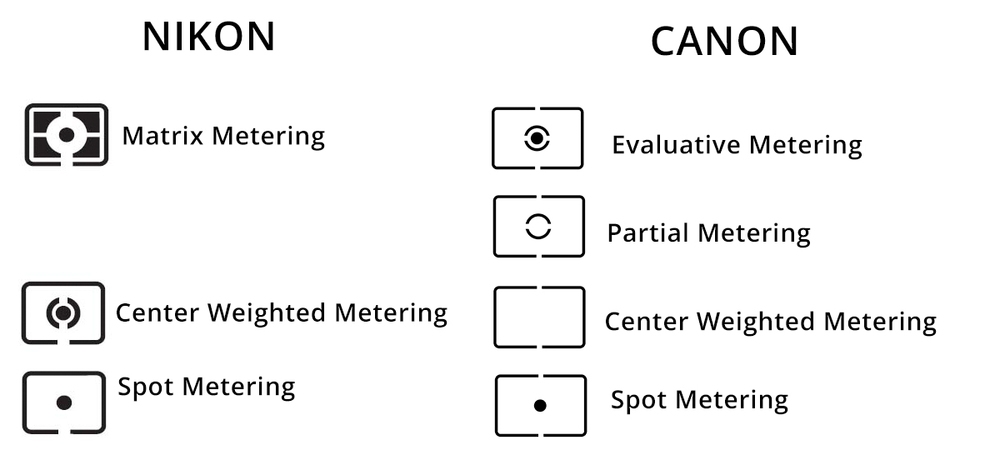Gum recession is a common dental issue that can lead to discomfort, tooth sensitivity, and even tooth loss if left untreated. In this comprehensive guide, we'll explore the top five causes of gum recession and effective strategies to prevent and stop it. Plus, we'll review the Curaprox CS 5460 brush, a potential solution to maintain gum health.
Understanding Gum Recession
Gum recession occurs when the gum tissue surrounding the teeth starts to wear away, exposing more of the tooth's root. This can lead to a range of oral health problems. Let's delve into the primary causes:
1. Aggressive Brushing
Brushing your teeth too vigorously or with a hard-bristle toothbrush can erode gum tissue over time. It's crucial to use a soft-bristle toothbrush and gentle brushing techniques.
2. Gum Disease (Periodontitis)
Advanced gum disease is a leading cause of gum recession. Bacterial infections can damage the supporting structures of the teeth, including the gums.
3. Tobacco Use
Smoking or using tobacco products not only increases the risk of gum disease but also impairs blood flow to the gums, hindering their ability to heal.
4. Genetics
Some individuals are genetically predisposed to have thinner gum tissues, which can make them more susceptible to recession.
5. Poor Dental Hygiene
Neglecting regular dental check-ups and failing to maintain proper oral hygiene can contribute to gum recession.
Preventing and Treating Gum Recession
A. Gentle Brushing
Use a soft-bristle toothbrush and gentle, circular brushing motions to clean your teeth effectively without harming your gums.
B. Regular Dental Check-ups
Schedule regular dental check-ups to catch and address early signs of gum disease or recession.
C. Tobacco Cessation
Quitting tobacco use can significantly improve gum health and reduce the risk of further recession.
D. Oral Hygiene Routine
Maintain a consistent oral hygiene routine, including daily flossing and using an antiseptic mouthwash.
E. Curaprox CS 5460 Brush:
Let's take a closer look at the Curaprox CS 5460 brush—a promising solution for maintaining gum health.
Gentle Bristles: The Curaprox CS 5460 brush features ultra-soft bristles that clean teeth and massage gums without causing irritation.
Compact Design: The compact head design allows for precise and comfortable brushing, even in hard-to-reach areas.
Efficient Cleaning: With 5,460 densely packed bristles, this brush provides thorough cleaning and removes plaque effectively.
Long-lasting: The brush's durability ensures long-term use, making it a cost-effective choice.
Gum Massaging: The soft bristles gently massage and stimulate the gums, promoting blood circulation and gum health.
User Satisfaction: Many users report a comfortable brushing experience and improved gum condition after using the Curaprox CS 5460 brush.
Remember that gum health is essential for overall oral well-being. If you notice signs of gum recession, consult your dentist promptly for a comprehensive evaluation and personalized treatment plan.
Conclusion
Preventing and stopping gum recession involves a combination of gentle oral care practices, regular dental visits, and, potentially, using products like the Curaprox CS 5460 brush. By addressing the underlying causes and maintaining a proactive approach to gum health, you can enjoy a confident smile and optimal oral well-being.








































